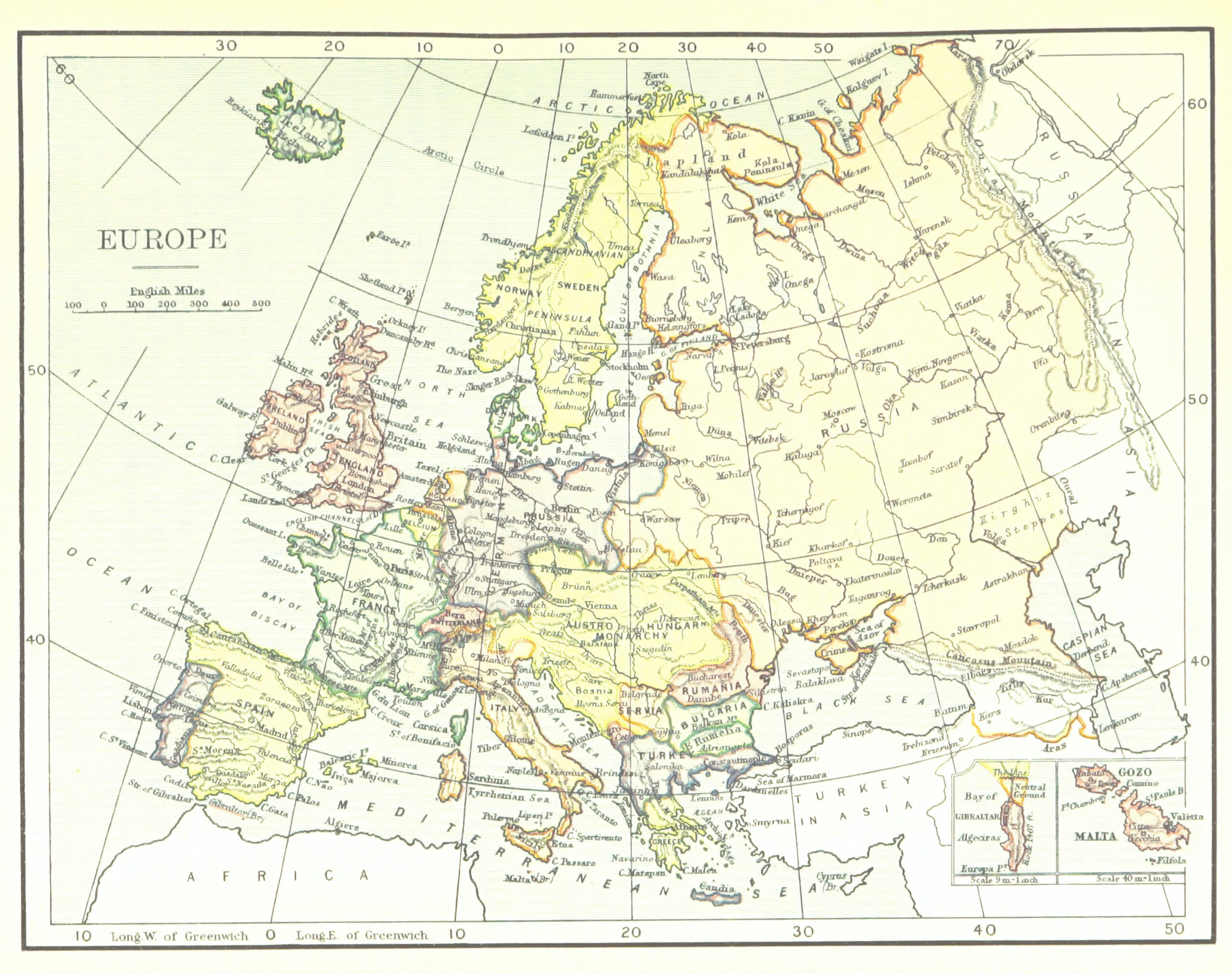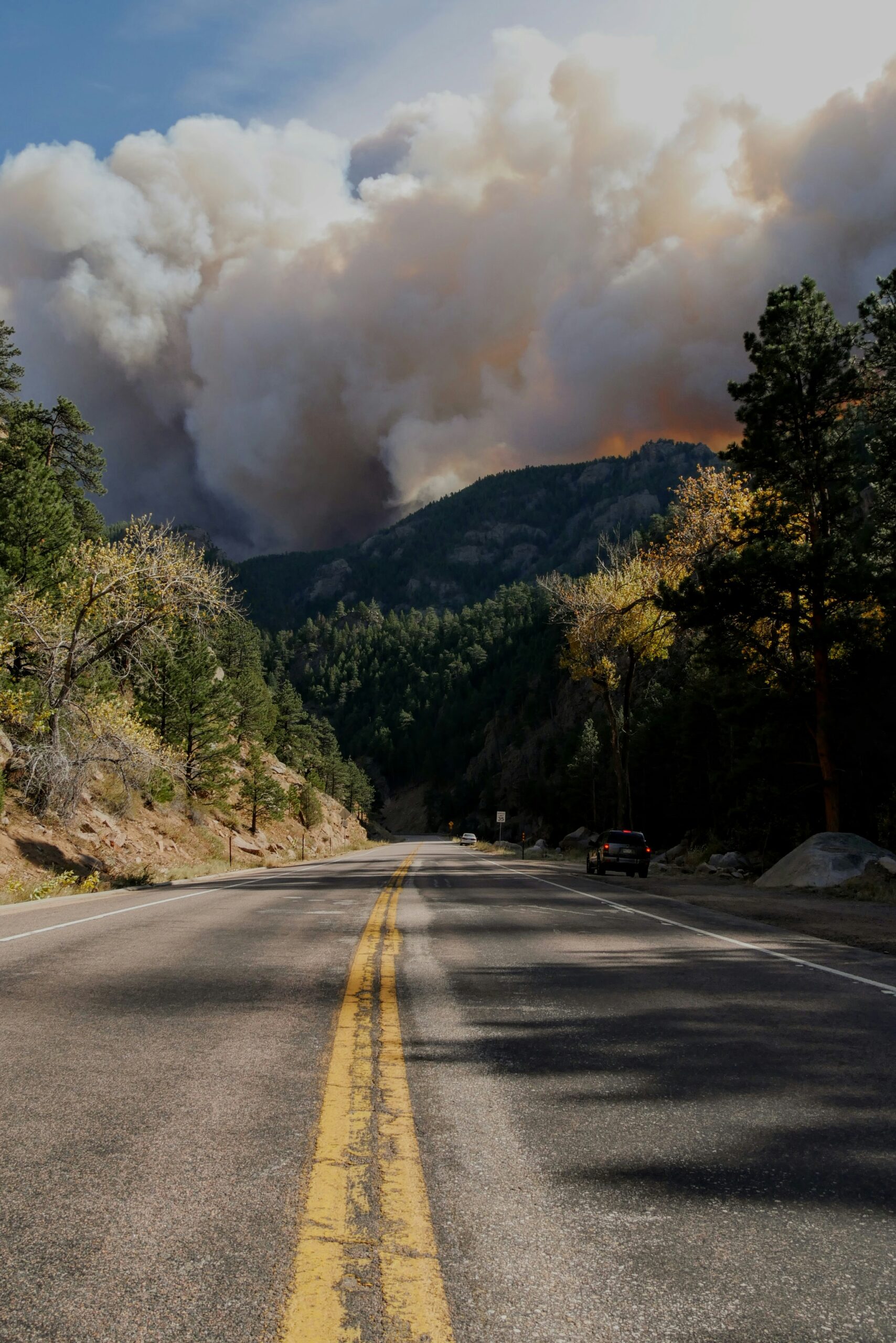Introduction to the Canadian Wildfires
The recent wildfires in Canada have significantly impacted the nation, with one of the most alarming incidents being the evacuation of Jasper, a renowned tourist town. These wildfires, which have become an increasingly common occurrence in Canada, initially broke out in early August. Sparked by a combination of dry conditions and high temperatures, the fires quickly spread across vast forested areas, overwhelming local firefighting capabilities.
As the fires expanded, they engulfed large swathes of land, threatening not only the natural environment but also human settlements. The town of Jasper, located within Jasper National Park in Alberta, found itself directly in the path of the encroaching flames. This led to a mandatory evacuation order affecting approximately 25,000 residents and visitors, underscoring the severity of the situation.
Canada has a long history of dealing with wildfires, particularly in the western provinces where the climate and terrain are conducive to such events. On average, thousands of wildfires occur annually, consuming millions of hectares of forest. However, the scale and frequency of these fires have been exacerbated in recent years, likely due to climate change and other environmental factors. The current wildfire season has been particularly devastating, with numerous fires burning simultaneously across different regions.
The situation in Jasper is a stark reminder of the broader challenges posed by wildfires in Canada. The speed at which the fires spread and the subsequent evacuation highlight the urgent need for effective fire management strategies and community preparedness. As the nation grapples with this ongoing crisis, understanding the factors that contribute to wildfire outbreaks and the measures needed to mitigate their impact is critical for safeguarding both human lives and natural landscapes.
Jasper: A Beloved Tourist Destination
Nestled in the heart of the Canadian Rockies, Jasper is a renowned tourist destination known for its breathtaking natural beauty, diverse wildlife, and outdoor recreational opportunities. As part of Jasper National Park, a UNESCO World Heritage Site, the town attracts millions of visitors annually, drawn by its stunning landscapes, including the iconic Athabasca Falls, Maligne Lake, and the Columbia Icefield. The park’s extensive network of hiking trails, pristine lakes, and towering peaks make it a haven for nature enthusiasts, photographers, and adventure seekers alike.
Jasper’s charm is not solely limited to its natural wonders. The town itself offers a variety of attractions and activities that cater to a wide range of interests. From the informative Jasper-Yellowhead Museum and Archives to the Jasper SkyTram, which provides panoramic views of the surrounding mountains, visitors are never short of things to do. Seasonal events, such as the Jasper Dark Sky Festival, celebrate the area’s exceptional stargazing conditions, while local shops and eateries provide a taste of the region’s culture and hospitality.
The economic importance of tourism to Jasper cannot be overstated. The influx of visitors supports local businesses, creating jobs and contributing significantly to the town’s economy. Hotels, restaurants, tour operators, and retail establishments all rely heavily on the steady stream of tourists. This vibrant tourism industry not only sustains the local economy but also fosters a sense of community pride and well-being.
Given Jasper’s status as a beloved tourist destination, the recent evacuation of 25,000 people due to wildfires has had a profound impact on both residents and visitors. The situation underscores the vulnerability of even the most picturesque locations to natural disasters, and it highlights the broader implications for tourism-dependent communities. Understanding Jasper’s significance helps to contextualize the far-reaching effects of the evacuation and the challenges that lie ahead for this cherished town.
The Evacuation Process
The evacuation order for the town of Jasper, affecting approximately 25,000 residents and tourists, was a highly coordinated effort between local authorities, emergency services, and the community. The decision to evacuate was based on the rapid progression of the Canadian wildfires, which posed an imminent threat to the safety of those in the area. The process was initiated with an official announcement, disseminated through multiple communication channels including local radio, social media, and emergency alert systems.
Local authorities worked closely with the Royal Canadian Mounted Police (RCMP) and fire departments to implement the evacuation plan. Roadblocks were set up at strategic points to manage the flow of traffic and ensure that evacuees could leave the area safely and efficiently. Despite these measures, traffic congestion proved to be a significant challenge, as the sheer volume of vehicles led to delays and frustration among those trying to evacuate.
Communication issues also arose during the evacuation process. With the sudden influx of people trying to access information and contact emergency services, some communication networks became overloaded. To address this, emergency services established temporary information centers and utilized community volunteers to help disseminate critical updates and instructions.
Ensuring the safety and well-being of evacuees was a top priority. Emergency shelters were set up in nearby towns, equipped with basic necessities such as food, water, and medical supplies. Special attention was given to vulnerable populations, including the elderly, individuals with disabilities, and families with young children, to ensure they received the support they needed.
Despite the challenges faced, the evacuation of Jasper was a testament to the resilience and cooperation of the community. The coordinated efforts of local authorities, emergency services, and residents played a crucial role in ensuring the safety of all those affected by the Canadian wildfires.
Impact on Residents and Tourists
The recent wildfires in Jasper have profoundly impacted both the local residents and the tourists who flock to this popular destination. For the town’s 25,000 evacuees, the experience has been nothing short of harrowing. Many residents have found themselves suddenly uprooted, forced to leave behind their homes and possessions in the face of advancing flames. Personal stories of displacement are rife with emotional distress, as families grapple with the uncertainty of when—or if—they will be able to return.
Among the evacuees is Jane Thompson, a long-time resident who recounts the heart-wrenching moment when she and her family were told to evacuate. “We had less than an hour to gather our most important belongings. The hardest part was explaining to my kids why we had to leave our home behind,” she said. Similarly, John and Mary Carter, who had just retired to Jasper, expressed their anguish over potentially losing the dream home they had only recently settled into. “The emotional toll is immense. It’s not just about the physical loss; it’s about the memories and the life we’ve built here,” John remarked.
Tourists, too, have faced significant disruptions. Many had their vacation plans abruptly canceled, leading to a scramble for alternative accommodations. The logistical challenges have been substantial, with visitors struggling to rearrange flights, find new lodging, and navigate road closures. Amanda and Robert Jenkins, a couple from Toronto, shared their frustrations. “We had planned this trip for months. We understand the necessity of the evacuation, but it’s still disappointing to see our plans fall apart,” Amanda explained.
The local hospitality industry has also been hit hard. Hotels, restaurants, and tour operators have had to deal with cancellations and lost revenue at what would typically be a peak tourism period. The broader economic impact is expected to be significant, affecting not just individual businesses but the entire community that relies heavily on tourism for its livelihood.
Overall, the evacuation of Jasper has created a ripple effect, touching the lives of residents and tourists alike. As the town grapples with the immediate crisis, the long-term recovery process will undoubtedly bring additional challenges, both emotional and logistical, for everyone involved.
Response and Support from Authorities
The wildfire crisis in Jasper has prompted a swift and coordinated response from local, provincial, and federal authorities. Firefighting teams and emergency responders have been mobilized to manage the situation effectively. The combined efforts of these agencies are critical in ensuring the safety of residents and tourists, as well as in mitigating the damage caused by the wildfires.
Local authorities, including the Jasper Fire Department, were among the first to respond, deploying ground crews to contain and extinguish the fires. These teams have been working tirelessly, often in challenging conditions, to safeguard the town and its surroundings. Their efforts are complemented by additional support from provincial agencies such as Alberta Wildfire, which has provided specialized personnel and equipment.
At the provincial level, the government of Alberta has activated its emergency response protocols to address the wildfire threat. This includes deploying firefighting aircraft, such as water bombers and helicopters, to assist ground crews in controlling the spread of the fires. These aircraft play a crucial role in reaching inaccessible areas and delivering large volumes of water to douse the flames.
Federal authorities have also stepped in to support the crisis management efforts. The Canadian Armed Forces have been mobilized to provide logistical support and additional manpower. This collaboration ensures a comprehensive approach to tackling the wildfires, leveraging the strengths and resources of multiple agencies.
Evacuation shelters have been established to accommodate the displaced residents and tourists from Jasper. These shelters are equipped with essential supplies, including food, water, and medical care, to ensure the well-being of evacuees. Volunteers from various organizations are also contributing to the relief efforts, providing assistance and comfort to those affected by the wildfires.
Overall, the response from authorities at all levels has been robust and multifaceted, reflecting a strong commitment to managing the wildfire crisis in Jasper. The coordinated efforts of firefighting teams, emergency responders, and government agencies are instrumental in protecting lives and property, as well as in facilitating the recovery process.
Environmental and Economic Consequences
The wildfires in Jasper have had profound environmental repercussions, significantly altering the region’s natural landscape. The fires have ravaged vast tracts of forest, decimating natural habitats and disrupting the local ecosystem. Many species of wildlife have been displaced or perished in the inferno, leading to a cascading effect on the biodiversity of the area. The long-term ecological impacts are expected to be severe, with the potential for altered soil composition, increased susceptibility to invasive species, and a protracted recovery period for the forested areas.
Beyond the immediate environmental damage, the wildfires have also left an indelible mark on Jasper’s economy. The town, known for its picturesque scenery and vibrant tourism industry, has faced significant setbacks. With over 25,000 residents evacuated, local businesses have seen a sharp decline in patronage. The tourism sector, which is the backbone of Jasper’s economy, has been particularly hard-hit. Cancelled bookings, closed attractions, and a general sense of uncertainty have deterred visitors, leading to substantial financial losses.
Efforts to mitigate the economic fallout are underway, but the path to recovery is fraught with challenges. Local businesses are grappling with immediate revenue losses while also planning for long-term rehabilitation. The tourism industry, in particular, is exploring ways to attract visitors back to Jasper once the fires are contained. Incentives, marketing campaigns, and collaborations with travel agencies are some of the strategies being considered to rejuvenate the sector. Additionally, government support and community initiatives will play a crucial role in aiding the town’s recovery.
In summary, the wildfires in Jasper have unleashed a dual wave of environmental and economic consequences. The destruction of natural habitats and the disruption to wildlife are issues that will take years to address. Similarly, the economic impact, especially on the tourism industry, poses a significant challenge for the town. Despite these adversities, Jasper’s resilience and strategic recovery efforts offer a glimmer of hope for a return to normalcy.
Community and Global Reactions
The Canadian wildfires that led to the evacuation of 25,000 residents from Jasper have generated a significant response from both the local community and the global audience. Locally, residents have shown remarkable resilience and solidarity, coming together to support those affected. Social media platforms have been flooded with messages of hope and offers of assistance, with hashtags such as #JasperStrong trending across various networks. Community groups have swiftly organized fundraising efforts to provide immediate relief, securing essential supplies and temporary housing for evacuees.
Nationally, the wider Canadian public has also rallied to support Jasper. Numerous fundraising campaigns have been initiated through platforms like GoFundMe, raising substantial amounts to aid in recovery efforts. Canadians from coast to coast have demonstrated their solidarity by donating both money and resources. This overwhelming support underscores the unity and compassion prevalent within the country during times of crisis.
Internationally, the story of Jasper’s wildfires has been extensively covered by major news outlets. Media organizations from around the world have reported on the situation, highlighting the severity of the fires and the prompt evacuation measures undertaken. This global coverage has not only raised awareness but has also spurred international support. Communities from different parts of the world have expressed their empathy and extended offers of aid, showcasing a sense of global camaraderie.
The reaction from the international community has been heartening, with various countries offering assistance and resources to help Canada combat the wildfires. Social media has played a pivotal role in sharing real-time updates and coordinating global support efforts. The widespread attention has also prompted discussions on climate change and the increasing frequency of such natural disasters, emphasizing the need for collective action to mitigate future risks.
Future Outlook and Preparedness
The future outlook for Jasper, along with other wildfire-prone areas in Canada, is increasingly uncertain due to the escalating frequency and intensity of wildfires. Jasper’s recent experience underscores the critical need for robust preparedness strategies to mitigate future wildfire risks. As climate change continues to alter weather patterns, the likelihood of prolonged dry spells and extreme temperatures is expected to rise, thereby increasing the susceptibility of forests to wildfires.
Preparedness involves a multi-faceted approach, beginning with comprehensive land management practices. Implementing controlled burns and creating firebreaks can help reduce the amount of combustible vegetation, thus limiting the spread of wildfires. Additionally, enhancing early warning systems and evacuation plans can significantly improve community safety, ensuring that residents and visitors have ample time to evacuate if necessary.
Technological advancements also play a crucial role in wildfire management. Satellite monitoring and predictive modeling can provide valuable data, allowing for more accurate forecasting and real-time tracking of wildfire progression. This information can be vital for coordinating firefighting efforts and allocating resources more efficiently.
Community education and engagement are equally important. Public awareness campaigns can inform residents about the importance of fire safety measures, such as maintaining defensible space around properties and understanding evacuation routes. Community preparedness programs can also encourage local participation in fire prevention activities, fostering a collective responsibility for wildfire risk reduction.
In the broader context, addressing climate change is paramount. Reducing greenhouse gas emissions and adopting sustainable practices can help mitigate the underlying factors contributing to the increased frequency and severity of wildfires. International cooperation and policy initiatives are critical in driving these efforts forward.
Rebuilding and resilience are integral components of the recovery process for affected communities. Investment in resilient infrastructure, such as fire-resistant building materials and improved emergency services, can enhance the community’s ability to withstand future wildfires. Additionally, supporting local economies and providing mental health resources are essential for fostering long-term resilience and recovery.
In conclusion, the future outlook for Jasper and other wildfire-prone areas necessitates a comprehensive and proactive approach to preparedness and mitigation. By integrating land management practices, technological advancements, community engagement, and climate action, we can better protect our communities from the devastating impacts of wildfires and build a more resilient future.


